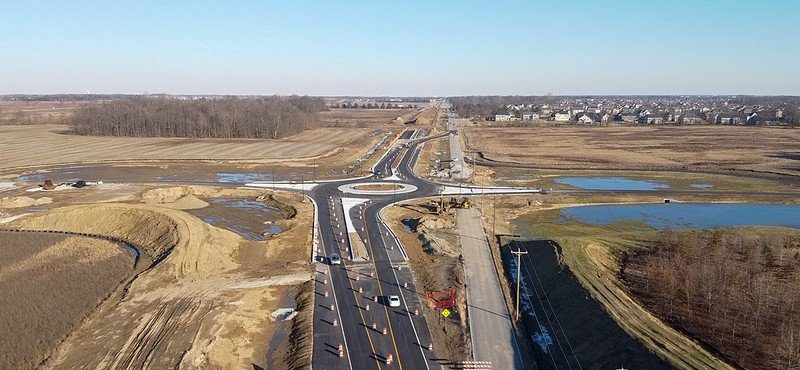Somewhere remote
Luring workers to smaller cities with offers of cold, hard cash is a trend that’s gotten a lot of attention, but how well it works is a subject of debate. Now, one city provides an intriguing data point: Tulsa, Oklahoma, where a program offering $10,000 to newcomers seems to be attracting them in droves.
Launched in 2018, the initiative, called Tulsa Remote, provides incoming workers with the cash incentive, plus discounts on housing and coworking spaces. The hope is that the program infuses the city with a more diverse workforce to offset declines in the oil industry. According to a new report, so far the program has brought in 1,200 workers, plus 600 additional residents accompanying them.

What’s more, the new arrivals are exactly the ones Tulsa was hoping to attract: highly paid, highly skilled workers who make an average of $85,000 per year, far more than the $58,000 regional average. Some 90 percent have a college degree. And they’re sticking around: 88 percent have remained in the city even after their incentives expired.
“I believe that the program goals remain remarkably simple,” said the initiative’s director. “It’s about building a dynamic community of remote workers from various backgrounds, introducing them to Tulsa, and then seeing what will happen.”
Read more at Bloomberg CityLab
Seeking self-reliance
Half a million refugees in Kenya rely on aid from relief organizations due, in part, to the fact that they’re not legally allowed to work. But last week, Kenyan President Uhuru Kenyatta signed a law that will allow them to earn a living, freeing up the aid agencies to focus on creating opportunities that can improve their lives.

RTBC recently reported on the problem of refugees not being able to work, and how remote employment opportunities are helping to solve this. Kenya’s new law builds on that solution, giving refugees the right to get an education and a job while they’re in the country, allowing them to become independent and integrate into Kenyan society. The need is urgent: the UN World Food Program hasn’t been able to provide a full food ration to refugees since 2018, and had to cut rations by a further 20 percent last month.
“I think this bill presents an opportunity for us… to focus, to enable and empower refugees to become self-reliant,” said an adviser at the International Rescue Committee.
A well rounded city
With the most roundabouts per capita of any U.S. city, Carmel, Indiana is a place where cars don’t often sit idle at intersections. That has all sorts of benefits.
Over the past two decades, Carmel, population 102,000, has installed some 140 roundabouts under its seven-term Republican mayor, who became enamored with them while studying at Oxford. Roundabouts are a safer way to move traffic — research shows that properly designed ones are friendlier to pedestrians and cyclists. They also alleviate traffic during rush hour. But one of their most exciting impacts is how they help the climate.

“Modern roundabouts are the most sustainable and resilient intersections around,” according to the chairman of the roundabout committee at the Institute of Transportation Engineers. When cars don’t sit at red lights, they burn less gasoline — each roundabout saves Carmel about 20,000 gallons of fuel annually. They also reduce tailpipe emissions, as well as the need for electricity to power traffic lights.
The U.S. hasn’t traditionally been a roundabout country, but that’s changing. There are now about 7,900 roundabouts coast to coast, and hundreds more are added each year. Carmel’s residents were initially skeptical of the street design, but have come around to it as the advantages have become apparent. “People love them here,” said the city’s mayor. “You couldn’t take one out.”







